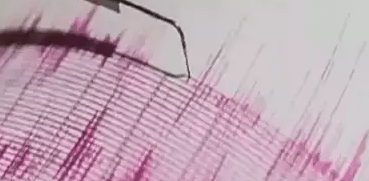
Yes, that is correct. The danger posed by an earthquake depends on several factors, including the magnitude, depth, location, duration, and secondary hazards. It is important to take appropriate safety measures in the event of an earthquake, such as seeking shelter under a sturdy piece of furniture, avoiding windows and other potential hazards, and following evacuation orders if necessary. Additionally, having an emergency plan and supplies on hand can help mitigate the potential danger of an earthquake.
- Magnitude: The magnitude of an earthquake is a measure of its strength, and the higher the magnitude, the more powerful the earthquake. Generally, earthquakes with a magnitude of 6 or higher can be dangerous.
- Depth: The depth at which an earthquake occurs can also determine its potential danger. Shallow earthquakes (less than 70 km deep) are more likely to cause damage than deeper ones.
- Location: Earthquakes that occur in densely populated areas or in areas with poorly constructed buildings and infrastructure are more likely to cause damage and loss of life.
- Duration: The longer an earthquake lasts, the more damage it can cause. Long-duration earthquakes can cause buildings to collapse, bridges to fail, and other infrastructure to become severely damaged.
- Secondary Hazards: Earthquakes can cause secondary hazards such as landslides, tsunamis, and liquefaction which can significantly increase the danger and damage caused by the earthquake.
In general, any earthquake has the potential to be dangerous, and it is important to be prepared by having an emergency plan and supplies, and following safety guidelines during and after an earthquake.


.jpg)